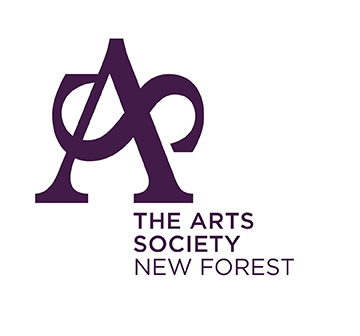Here’s One they Prepared Earlier : The First Efforts of Britain’s Greatest Architects.
A lecture by Brian Slater. June 2023
Brian began this intriguing lecture with the statement ‘ great architects have to start somewhere” and followed it up with a quote from Frank Lloyd Wright “A doctor can bury his mistakes but an architect can only advise his clients to plant vines”
Brian’s first chosen architect was Inigo Jones seen in this painting by Van Dyke (1573) 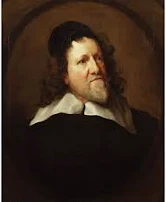
The fact the Van Dyke painted him shows how important Inigo Jones was. He was the most accomplished architect of his time. He was surveyor of the King’s works and built 85 buildings but sadly only 7 are still standing. 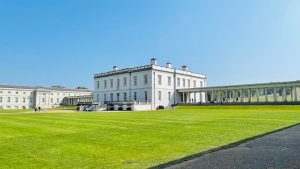 His greatest accomplishment was the Queen’s House at Greenwhich which was one of the most important in British architecture as it was the first exhibit a classical arch.It was solid and proportional. On the first floor is a logia which was the greatest ornament a house can have.
His greatest accomplishment was the Queen’s House at Greenwhich which was one of the most important in British architecture as it was the first exhibit a classical arch.It was solid and proportional. On the first floor is a logia which was the greatest ornament a house can have.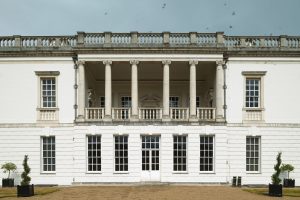
Inside he allowed himself licentious imagination.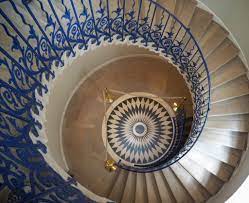
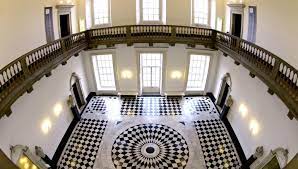
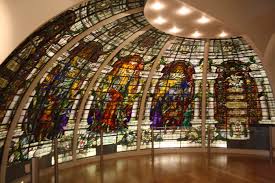
Inigo’s first building was the Garden House standing in the grounds of Charlton House and we can see the rhythmic succession of pilasters in the brickwork.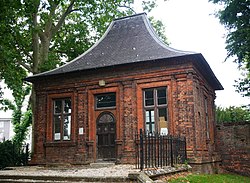
Brian told us that this building had become public toilets in the 20th century and had stood derelict for quite a while until it was purchased and is now being renovated.
The second architect the Brian focussed on was Sir Christopher Wren – who was originally an astronomer. Below is the bust of him by Edward Pearce.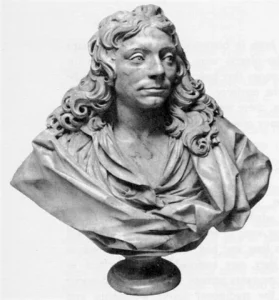
St Paul’s (1711) was Wren’s last and greatest architectural achievement. 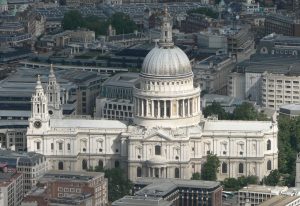
and his first was Pembroke College Cambridge.Wren got the commission from his uncle the Bishop of Hereford who had been kept prisoner by Cromwell and vowed that if he was ever released he would ‘give money to some pious work-thus the chapel. 
It took 18 months to build at a cost of £3658 The elaborate corinthian columns may look ordinary today but it would have been extraordinary in its day. He copied from an Italian architect – Serlio and used the guide the width equals the height – thus creating a square.
The interior of the chapel is narrow but it is flooded with light. It has been extended since Wren’s time. 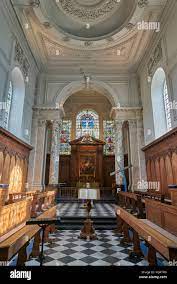
It still has the original ceiling. 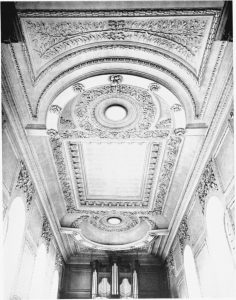
It was built by prisoners of war and their names can still be seen carved into the woodwork .
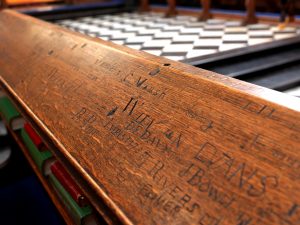
Brian’s third chosen architect was Joseph Paxton – who, like Wren, had had no formal training as an architect . In fact he was the head gardener at Chatsworth and became very friendly with. Who he asked to design various areas around the grounds of the House. One of the designs was for the ten bays for plants.
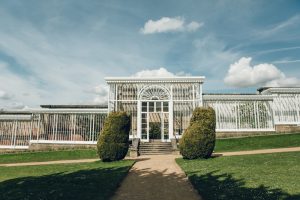
.
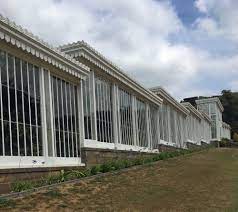
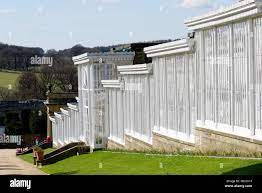
They were extremely narrow with a very strong rhythm and designed so the glazing could be taken out.
Paxton went on the design the Crystal Palace with the same theme with a row of bays. In its time it was the largest building to be erected. It was designed by Paxton to go around a group of elm trees. . It took 8 months to erect from cast iron and glass, and was entirely industrialised. 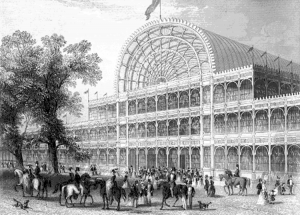
The final architects chosen by Brian he presented together as for a short time they worked together. – Norman Foster – famous for ‘The Gherkin and the great Court at the British Museum 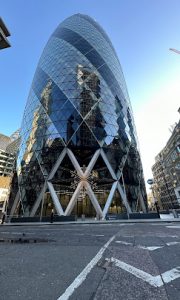
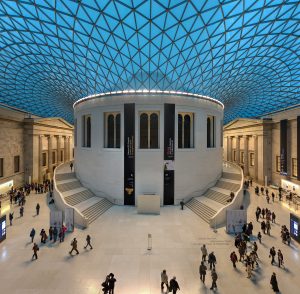
and Richard Rogers – famous for ‘The Cheese Grater’ the Lloyds building and the Pompidou Centre in Paris.
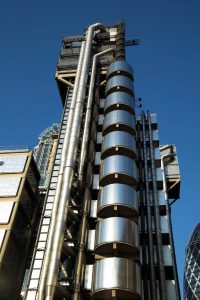
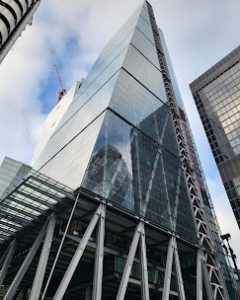
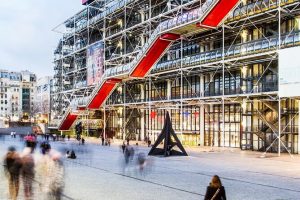
They came from two very different backgrounds, Rogers was wealthy and born into an architectural family, whilst Foster was neither wealthy nor born into an architectural family. They met at University at set up Team 4 which lasted for 5 years.
One of their early works was a group of houses in London – Murray Mews – which was a commission by three barristers. The exteriors look very blank which was intentional in order to address the need for privacy from a busy road.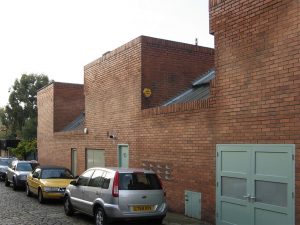
However behind the brickwall was a large glazed roof and beautiful gardens 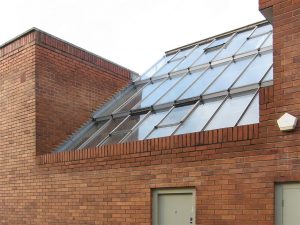
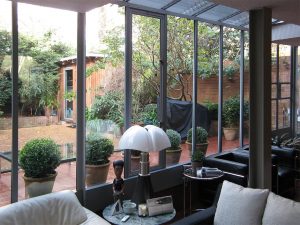
They found this project really hardwork as the builders were incompetent – e’g’ for a damp course they used newspapers painted black !
But one of the barristers in N0. 19 said they loved the house ‘ and wouldn’t change a thing.
Brian ended with an amusing anecdote that the gap in the bricks that can be seen in the first picture were a concession to one of the homeowners who requested a kitchen window so they removed a few bricks from the outside wall and placed a sheet of glass behind !
A fascinating lecture from Brian showing us the intriguing similarities between the first work of famous architects and their major achievements.
